It's getting hot. If we don't take cuttings, we won't have a chance.
Last Update :2024.10.27
Article Catalog
The temperature continues to rise in summer, and the difficulty of cutting has also begun to increase. All flower lovers must grasp the tail of the last wave of cuttings, otherwise you will only regret it after a while!
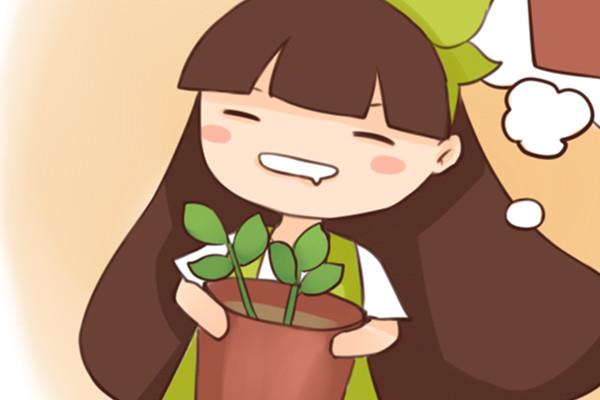
1. Cutting clematis
1. Cutting clematis
Operation steps
1. When cutting clematis, you need to choose a slightly tender one and avoid being completely woody. transformed branches. Because the slightly younger branches are more sensitive to the stimulation of rooting powder, they are more likely to take root.
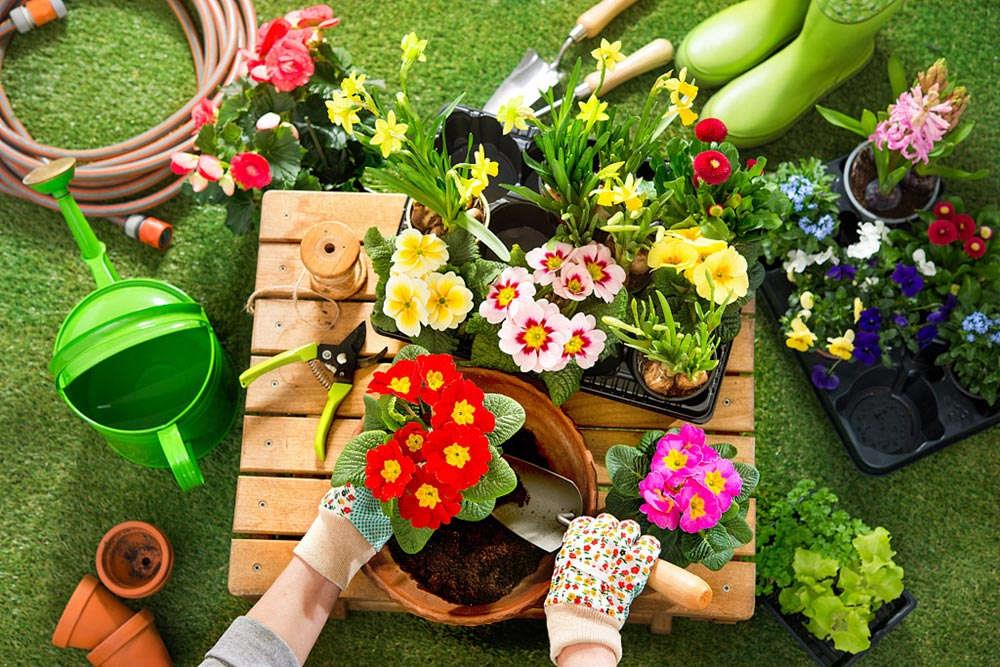
(Author: Drink too much Source: Stepping Flowers)
2. Cut the branches short, probably one node to one section or two nodes to one section. Soak the branches in the vitamin B solution for 2 hours, take them out, shake off the water on the surface, dip the end of the branches into a little rooting powder, and put it in a bag for later use.
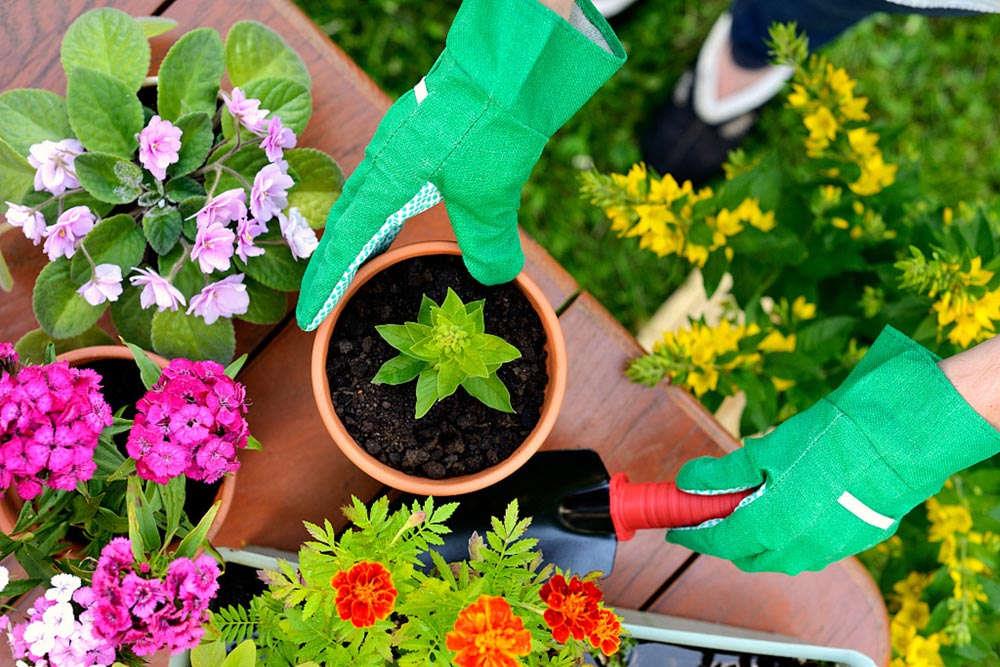
(Author: Drink too much Source: Stepping Flowers)
3. Put perlite in the seedling box, dig a small hole in the perlite, and put the clematis branches to be cut into.
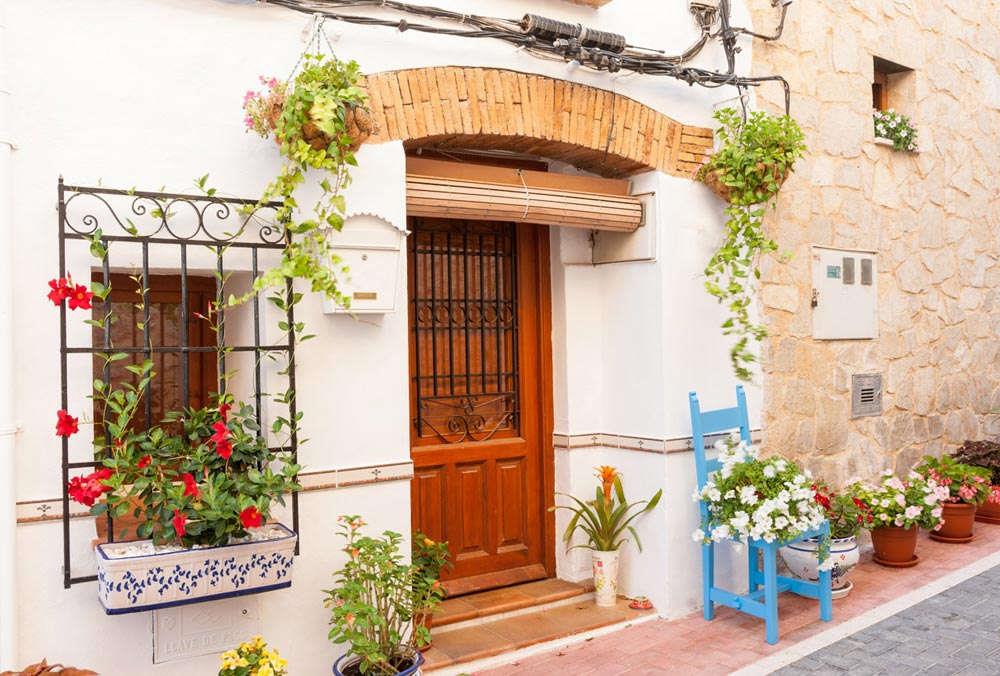
(Author: Drink too much Source: Stepping Flowers)
4. After all the branches are planted, use a watering can to spray water on the seedling box so that the roots of the branches can quickly merge with the perlite.
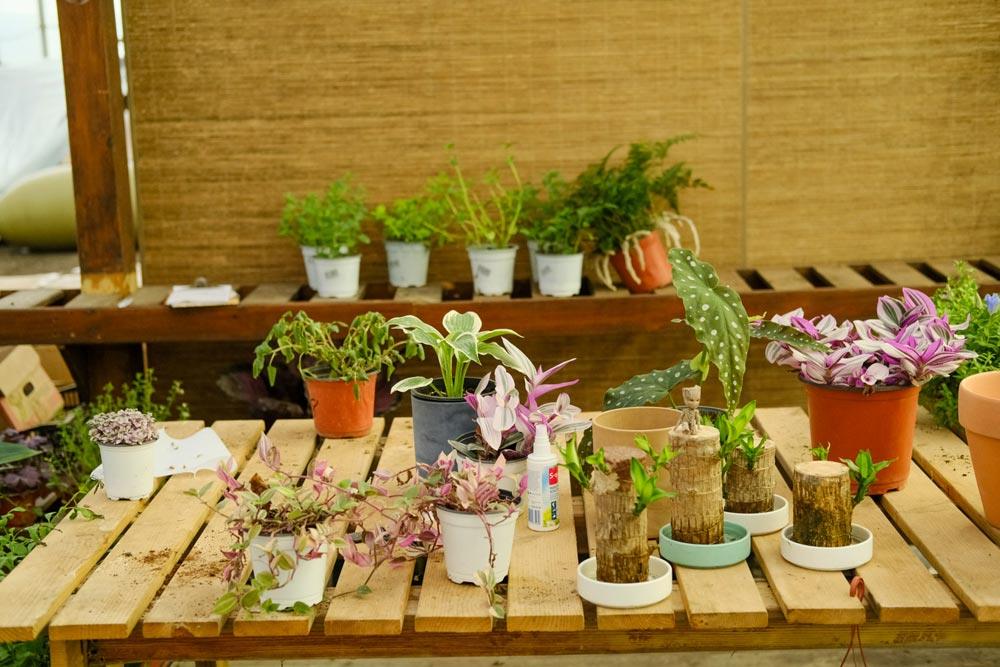
(Author: Drink too much Source: Stepping Flowers)
5. Cover the seedling box with a transparent lid and place it in a ventilated and diffused light place for maintenance. It should not be exposed to direct sunlight, otherwise it will easily cause the branches to suffocate and die. Flower lovers who don't have a seedling box can also put a plastic bag on it to prevent moisture from evaporating.
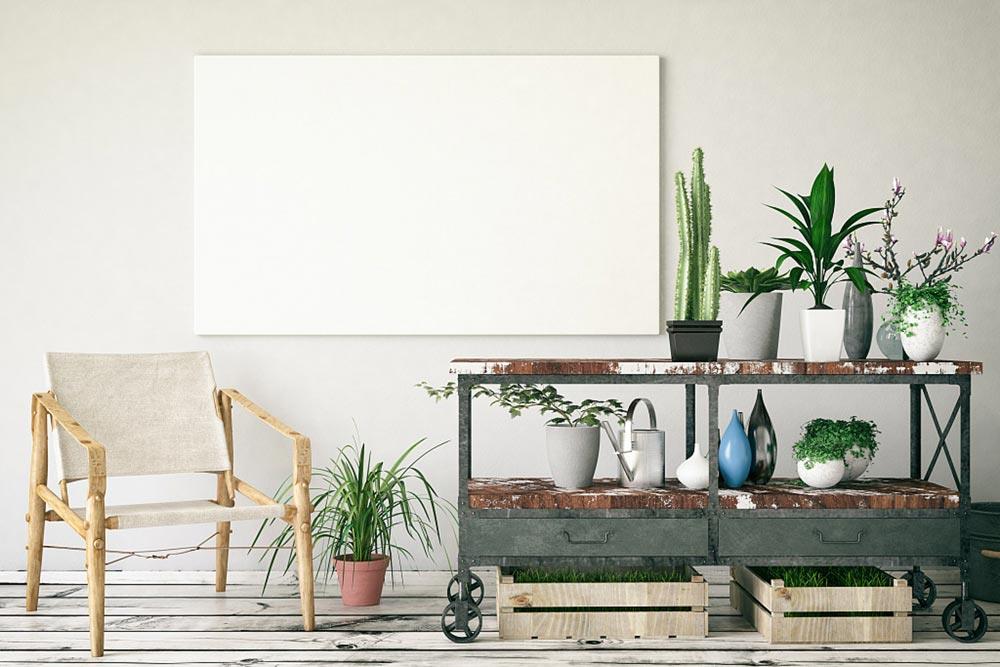
(Author: Drink too much Source: Stepping on Flowers)
6. Open the lid to ventilate once every 2 days. At the same time, use a watering can to spray a little vitamin B solution on the leaves, which can not only ensure that the leaves are moist, but also promote rooting.
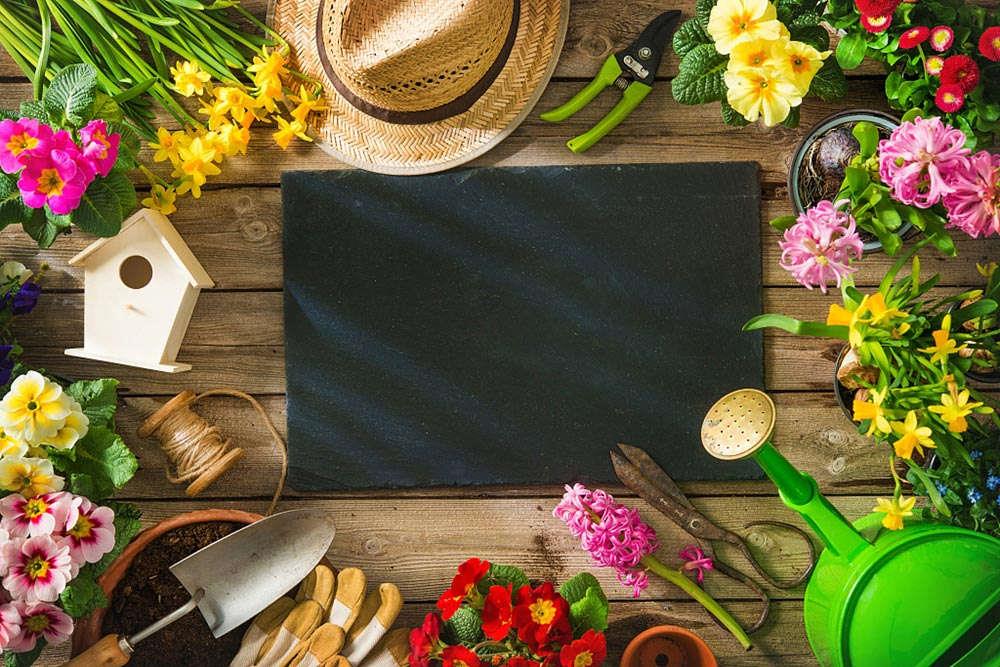
(Author: Drink too much Source: Stepping Flowers)
7. When you see white roots exposed from the bottom of the small box of the seedling box, you can transplant it into a flower pot. The soil for transplantation can be perlite, vermiculite and peat soil, mixed evenly in a ratio of 1:1:1, and used as nutrient soil. It can then be placed in a place exposed to direct sunlight and watered until dry and then wet.
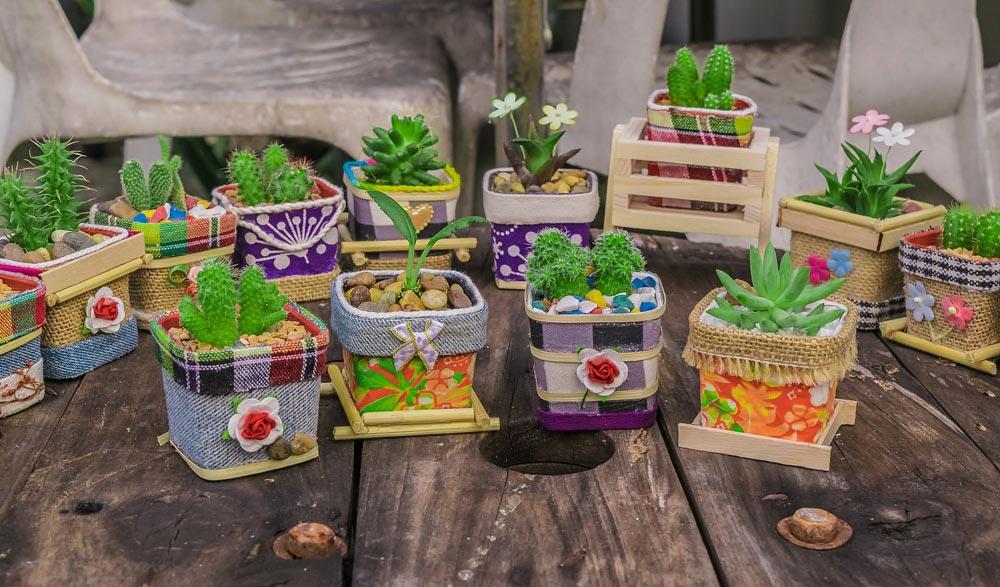
(Author: sam_zhou Source: Hidden Flower Pavilion)
2. Cutting bougainvillea
Operation steps
1. You can buy a flower mud block from the flower shop and cut it according to the cutting needs. Cuttings grow into small pieces that are 2cm long, 2cm wide and 4cm high. Flower mud blocks have good water absorption, moisturizing and breathability, and are very suitable for cuttings.
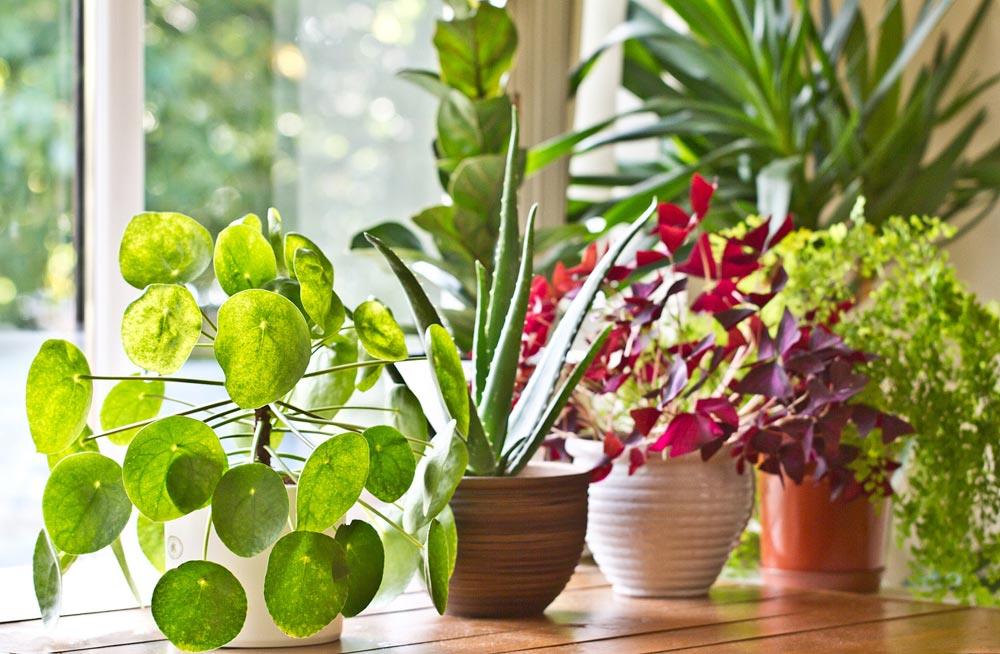
(Author: Forgotten Angel)
2. Select the lignified or semi-lignified branches that year, about 10-15cm in length, leave 2-3 leaves on the upper part, cut the lower part of the branch at a 45 degree angle with a knife, and soak it in rooting water.
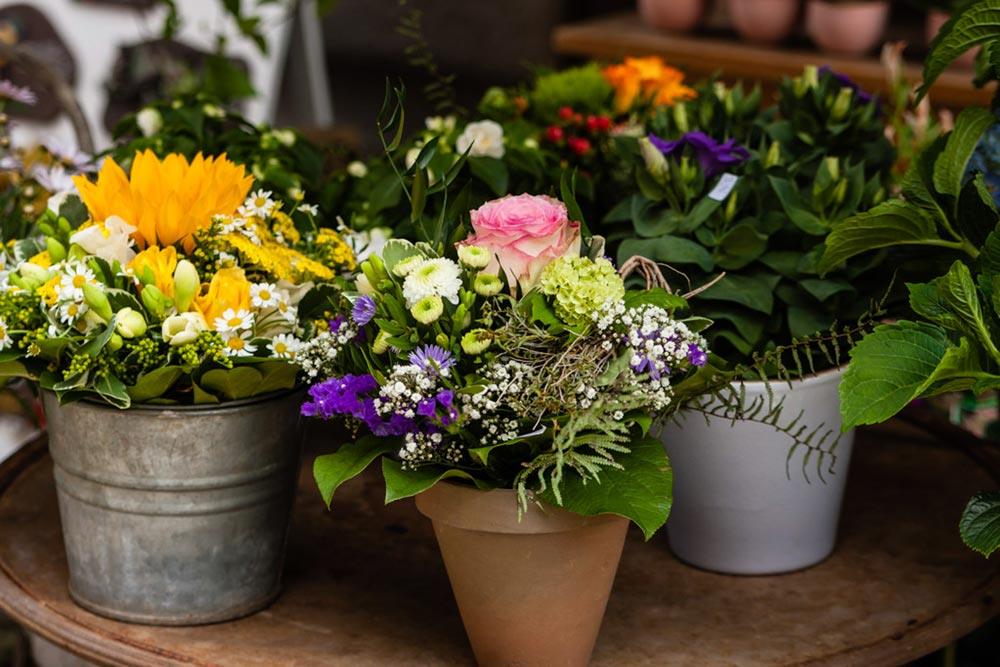
3. Insert the processed bougainvillea branches into the flower mud Insert the flower mud block into the flower mud block to a depth of about 2/3, and then soak the flower mud block in water. Before cutting, you can soak it in 1% rooting water for about 1 hour.
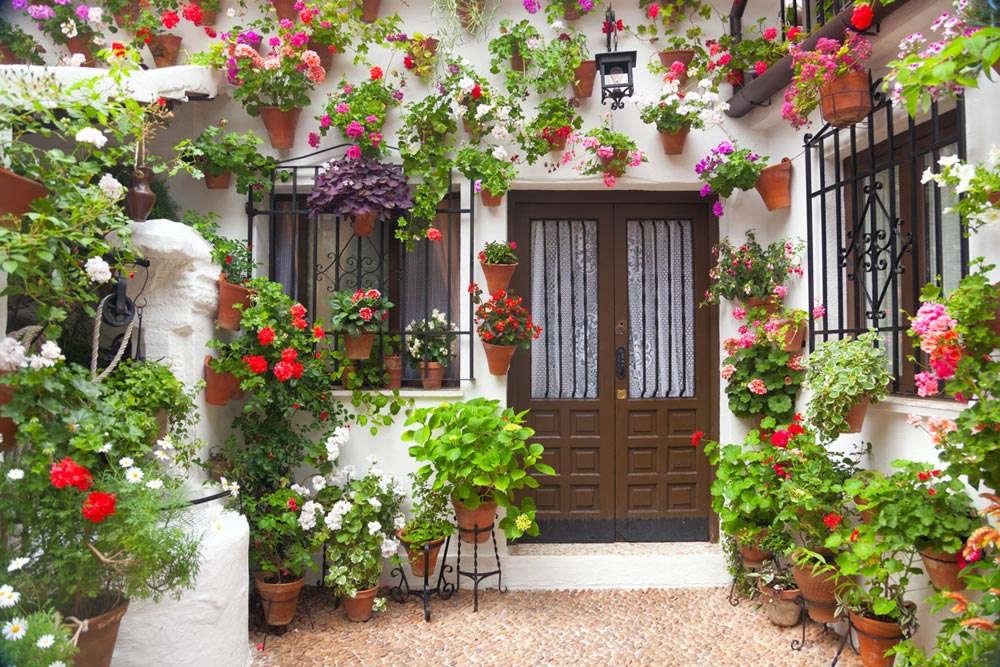
(Author: Forgotten Angel)
4. Place the cut seedlings in a tray, cover them completely with a plastic bottle, and place them in a place with sufficient scattered light. Pay attention to moisture and ventilation. Check the flower mud regularly. If the flower mud is dry and the leaves are wilting, water it quickly. Only branches with intact and energetic leaves can take root and survive.
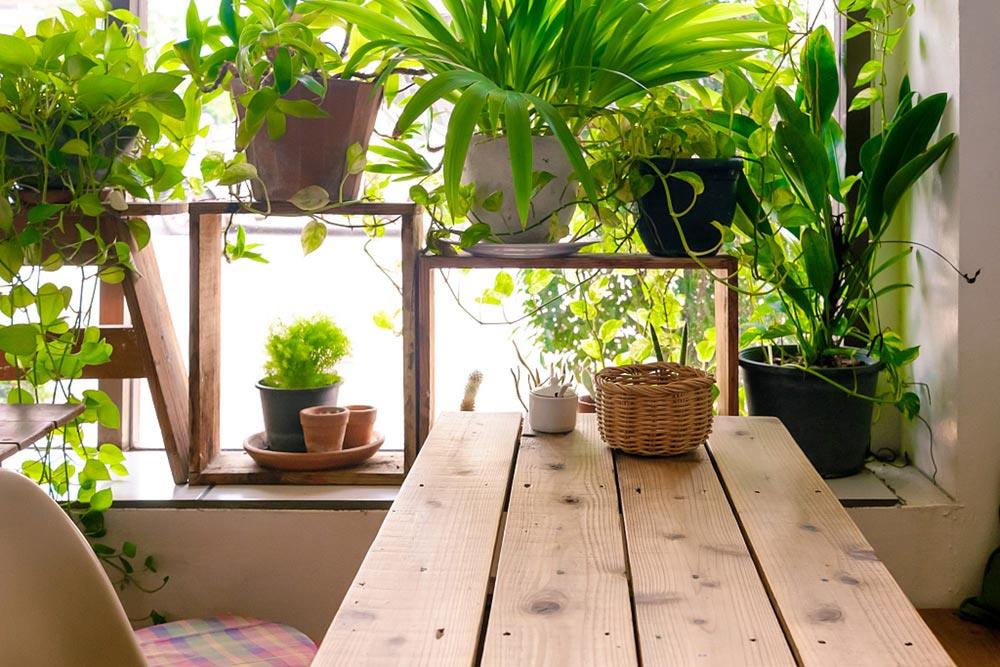
(Author: Forgotten Angel)
5. In about 30 days, you will find white roots coming out of the flower mud block, which proves that the cut bougainvillea has survived.

(Author: Forgotten Angel)
6. At this time, you can put the flower mud block and the rooted bougainvillea in the flower pot for maintenance. The flower mud block can be placed directly in the flower pot. There is no need to dig it out and plant it like sand planting, which avoids the damage to the triangle. Megan's damage. After that, fertilizing every 7-10 days can promote the bougainvillea to grow more vigorously.
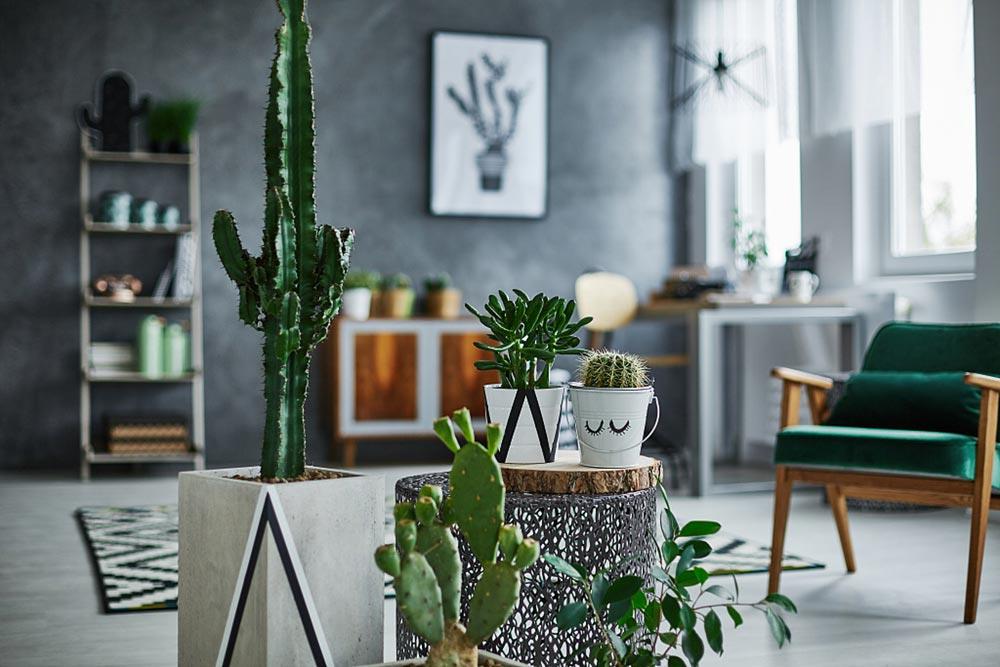
3. Cuttings of African Pansy
Operation steps
1. You can select healthy leaves from the mother plant of African Viola for cutting.
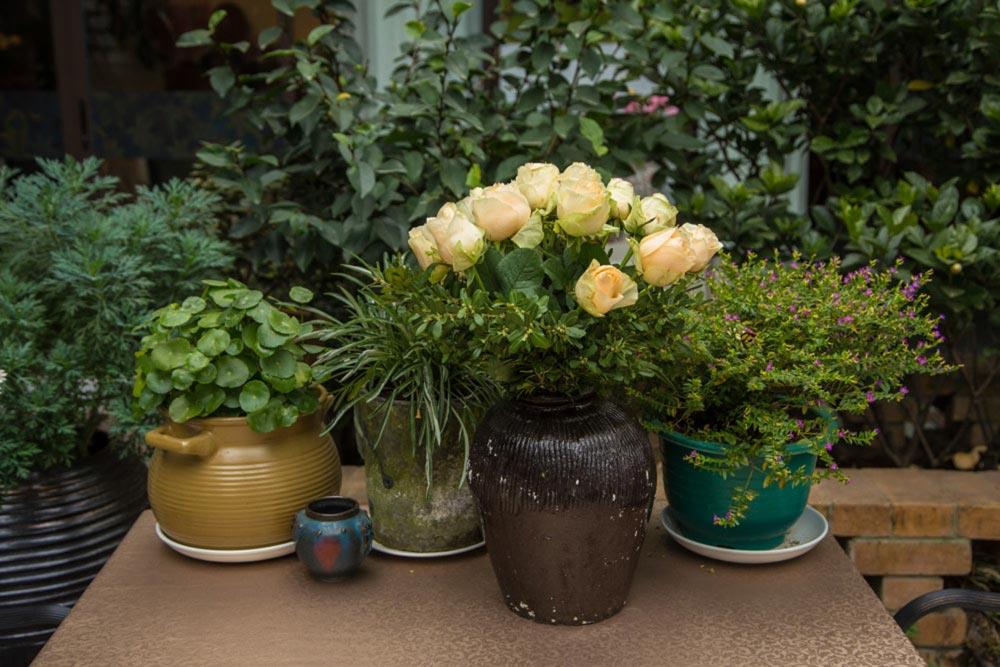
(Author: Jinling Dragon King Source: African Viola Bar)
2. Cut the lower end of the picked African Viola leaf at an angle of 45° to form a bevel, then soak the lower end of the leaf in the rooting water for about 3 seconds and take it out. Leave to dry.
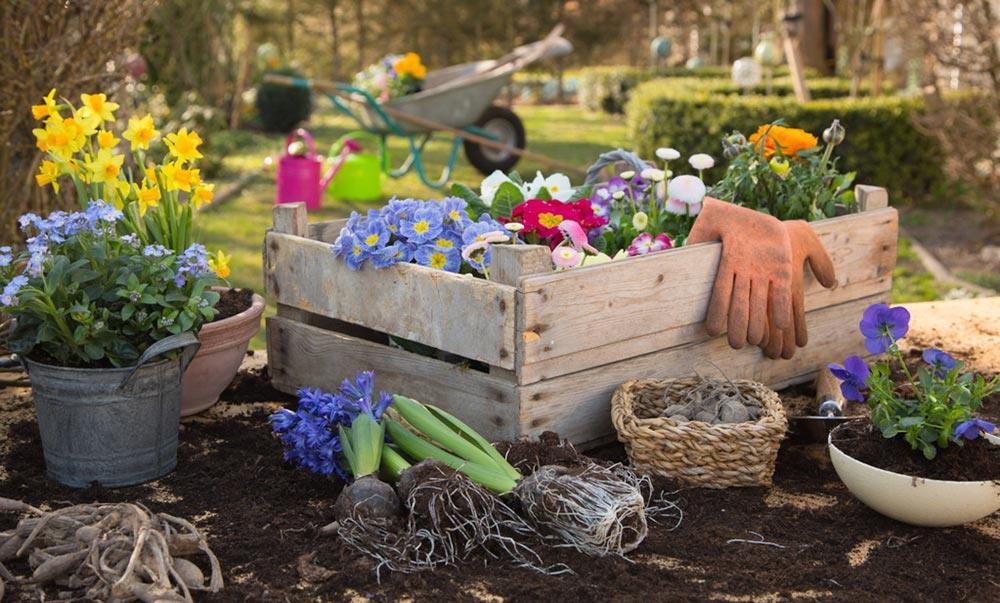
(Author: Jinling Dragon King Source: African Pansy Bar)
3. While drying the leaves, you can fill the flowerpot with sand and then water it a little more.
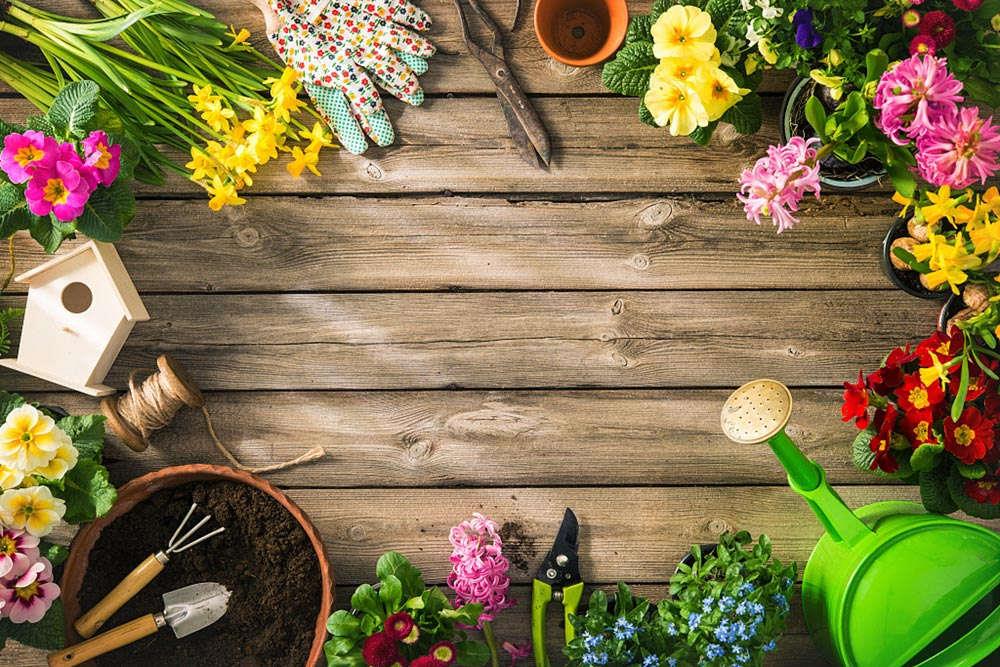
(Author: Jinling Dragon King Source: African Viola Bar)
4. Insert the dried African Viola leaves into the sand and place them in a place with sufficient scattered light for maintenance.
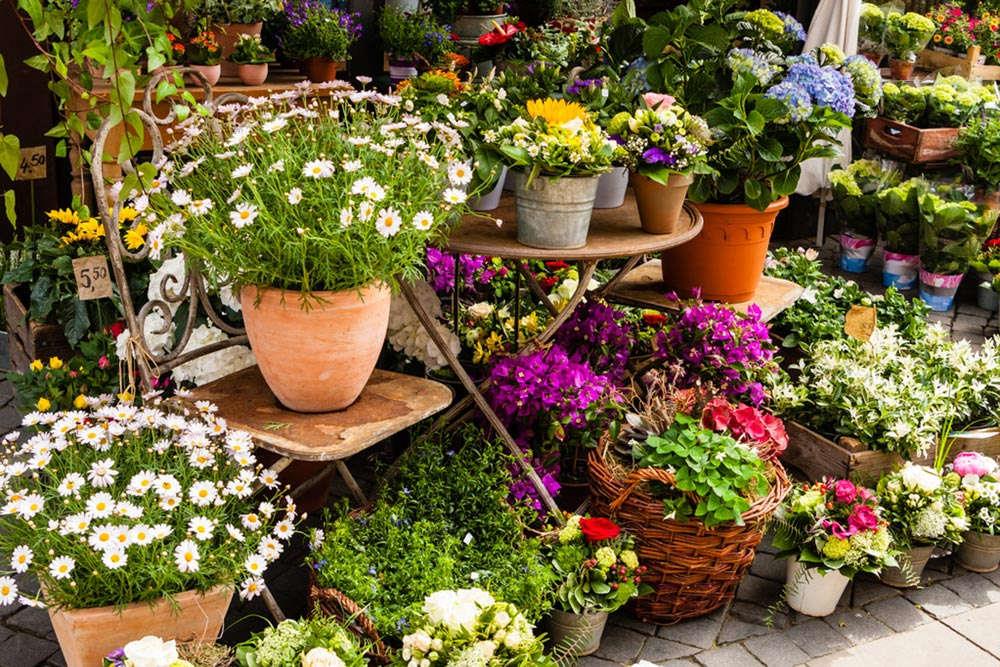
(Author: Jinling Dragon King Source: African Viola)
5. In about 20 days, the African Viola cuttings can take root, and then transplant the African Viola into a flower pot. The soil should be leaf humus soil. It is mainly composed of pine needle soil and placed on the east and west balconies to receive scattered light.
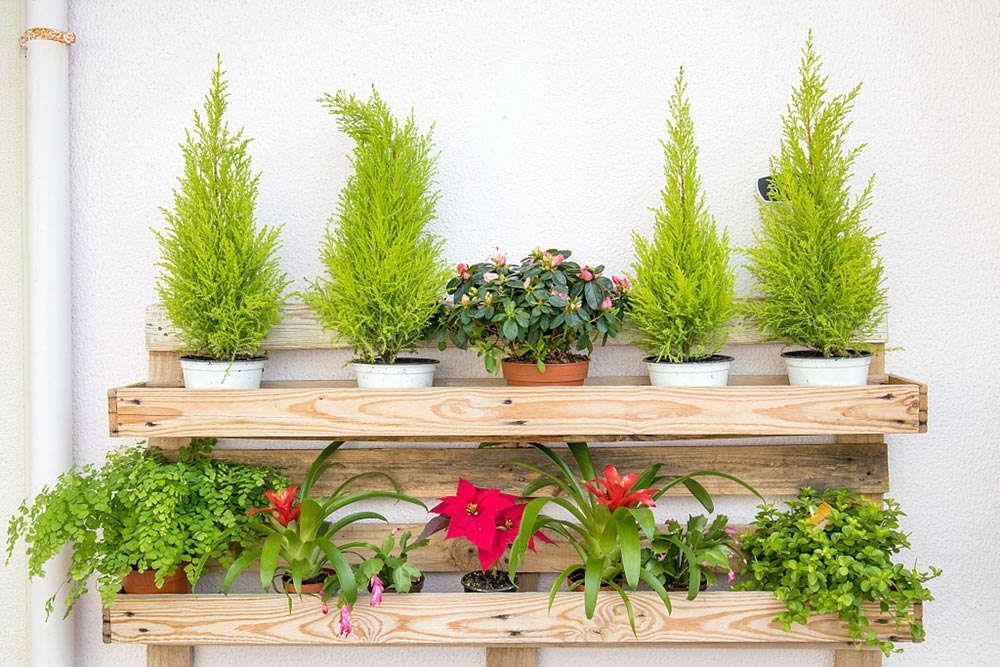
(Author: Jinling Dragon King Source: African Viola)
4. Cutting hydrangeas
Operation steps
1. Select the cutting branches. The cuttings must be selected from semi-lignified branches that are healthy, dark green in appearance, and a little hard to the touch, and those close to the roots are best. It is best to cut the cuttings in the morning and then use a small brush to brush off the soil and mulch on the branches.
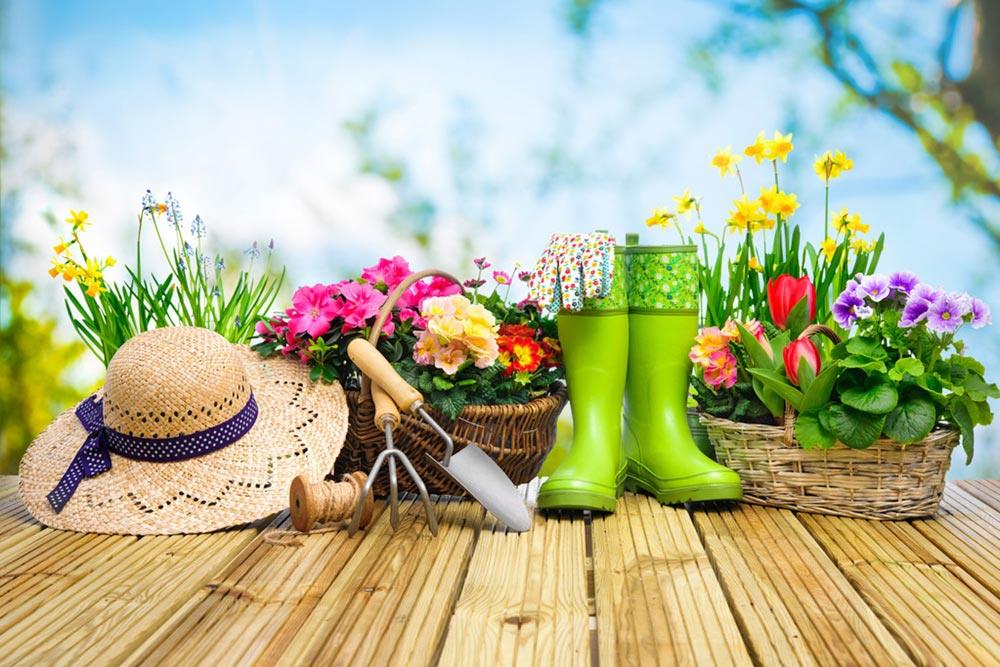
2. Use scissors to trim the cutting branches, each branch Keep at least one node on the top, and keep at least 3-5cm in length at the lower end of the node. It is best to keep a pair of leaves, which can facilitate photosynthesis and promote rooting.
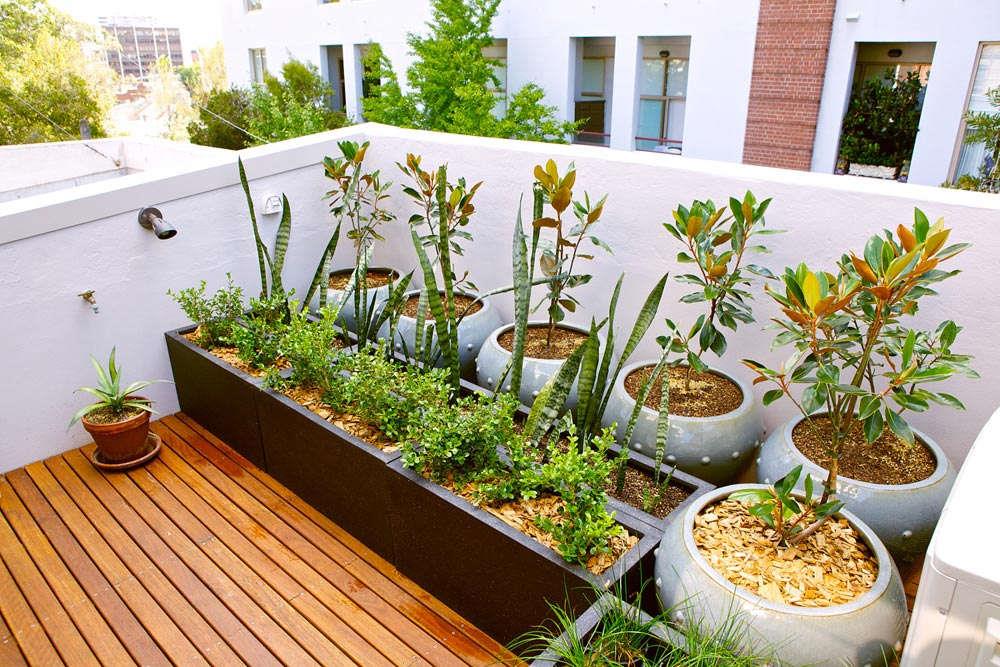
3. In order to make the hydrangeas take root as soon as possible, you can prune them Place good branches in the rooting powder solution for about 3 seconds, or soak willow branches in water to make your own rooting water.
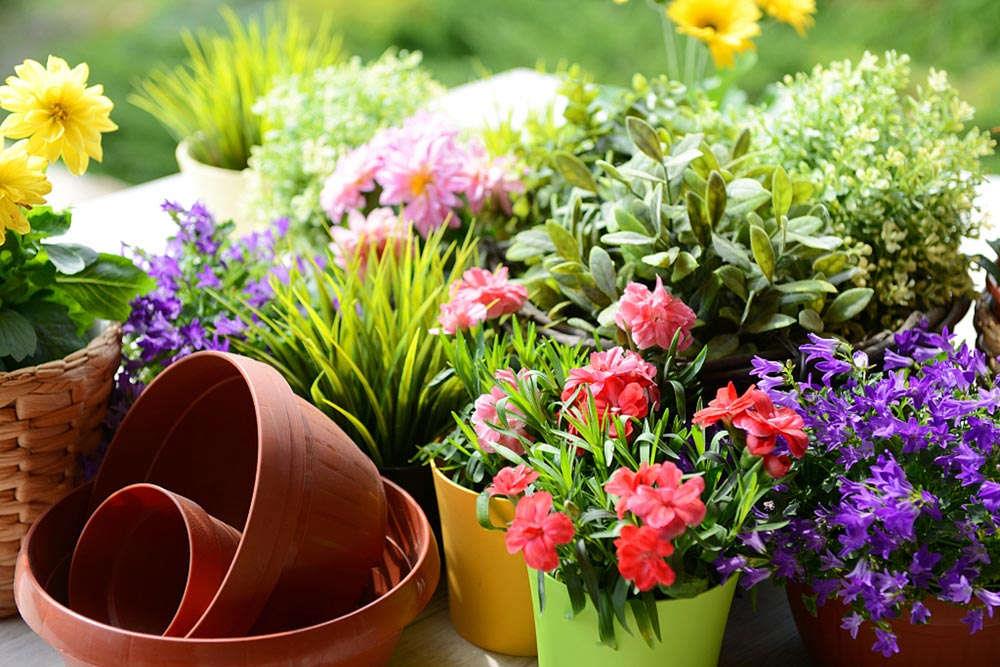
4. The soil for cuttings can be peat soil and perlite. Mix according to the ratio of 1:1. Fill the seedling box with soil, then place it in a tray filled with water and soak it for more than 30 minutes. Make sure that all the soil in the seedling box is soaked and there is no dry place.

5. Insert 3-5cm from the end of the hydrangea branch node In the soil, try not to contact the leaves with each other, otherwise the leaves may become rotten and infected.

6. Place the seedling box in a well-ventilated place away from direct sunlight. For good places, use spraying during this period and spray water 1-2 times a week to keep the soil moist. Roots will begin to grow after about 3 weeks.

7. The method to determine whether roots have taken root is: gently use your hands Pull it upward. If you feel resistance, it means that the hydrangea has grown roots and can be transferred from the seedling box to the flower pot. Then place it in a semi-shady environment for maintenance to keep the pot soil moist. You can pour alum fertilizer every 10-15 days.

5. Cuttings of Gloxinia
Operation steps
1. Use a knife to cut a leaf from the Gloxinia mother plant. It is best to cut it at an angle of 45°.

(Author: Own Ball Source: Stepping Flowers OK)
2. Cut the cut Gloxinia leaves into small pieces as you would normally cut vegetables.

(Author: Own Ball Source: Stepping Flowers OK)
3. The soil for cuttings can be sand, vermiculite or peat soil. Bury the Gloxinia leaves to a height of about 1/2 of the leaves, then cover them with a lid to keep them moisturized, and place them where scattered light can reach them.

(Author: Own Ball Source: Stepping Flowers OK)
4. After about half a month, the cut Gloxinia leaves can take root. After taking root, it can be transferred to a flower pot and placed in a living room with good scattered light or on the east balcony for maintenance. There is a lot of hair on the leaves of Gloxinia. When watering and fertilizing, be careful not to get it on the leaves, otherwise the leaves will easily rot.

(Author: Own Ball Source: Stepping Flowers OK)
The cutting method introduced by Huahua,
Is it very simple?
You might as well take advantage of the weather to make some cuttings while the weather is not hot yet.
2. Cut bougainvillea
3. Cuttings of African pansy
4. Cutting hydrangeas
5. Cuttings of Gloxinia
- END -
This summer, the flowers we have raised to death will have to jump in the flower pit another 100 tim
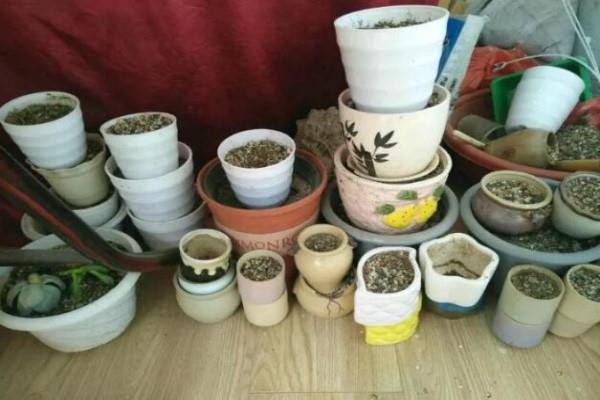
Seeing that the weather is getting cooler and cooler, summer is really gone. Looki...
How to care for vitiligo

Its small, exquisite, crystal-clear appearance, with white markings on its fleshy ...